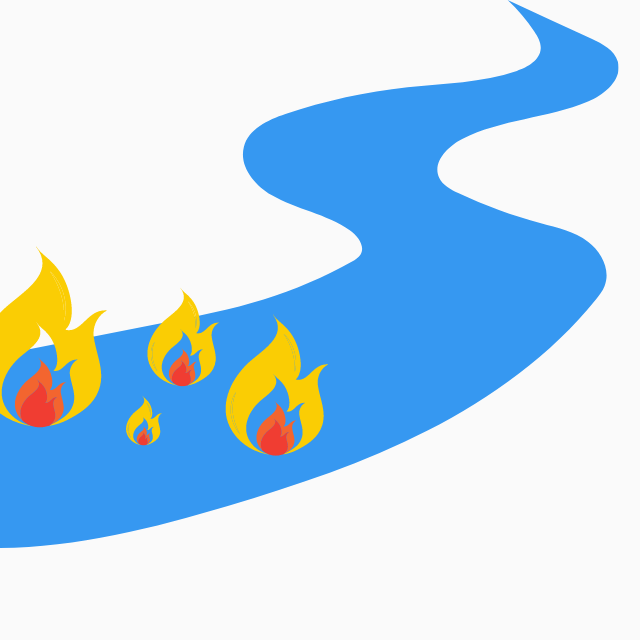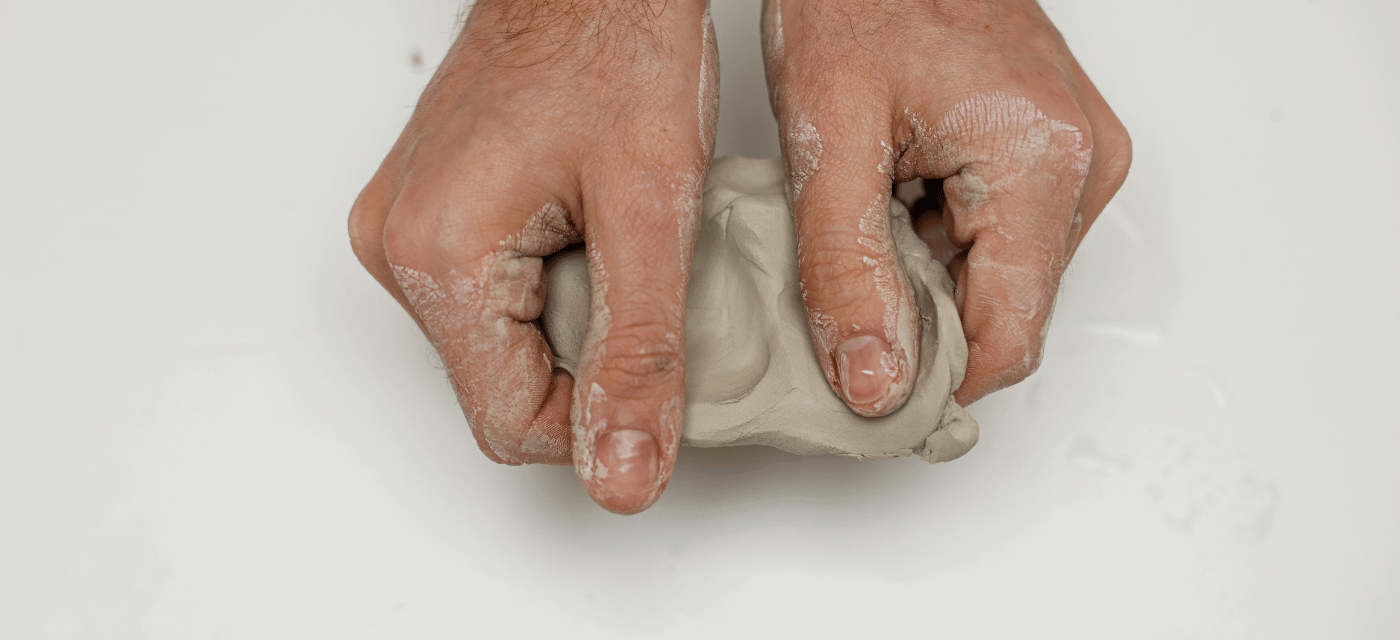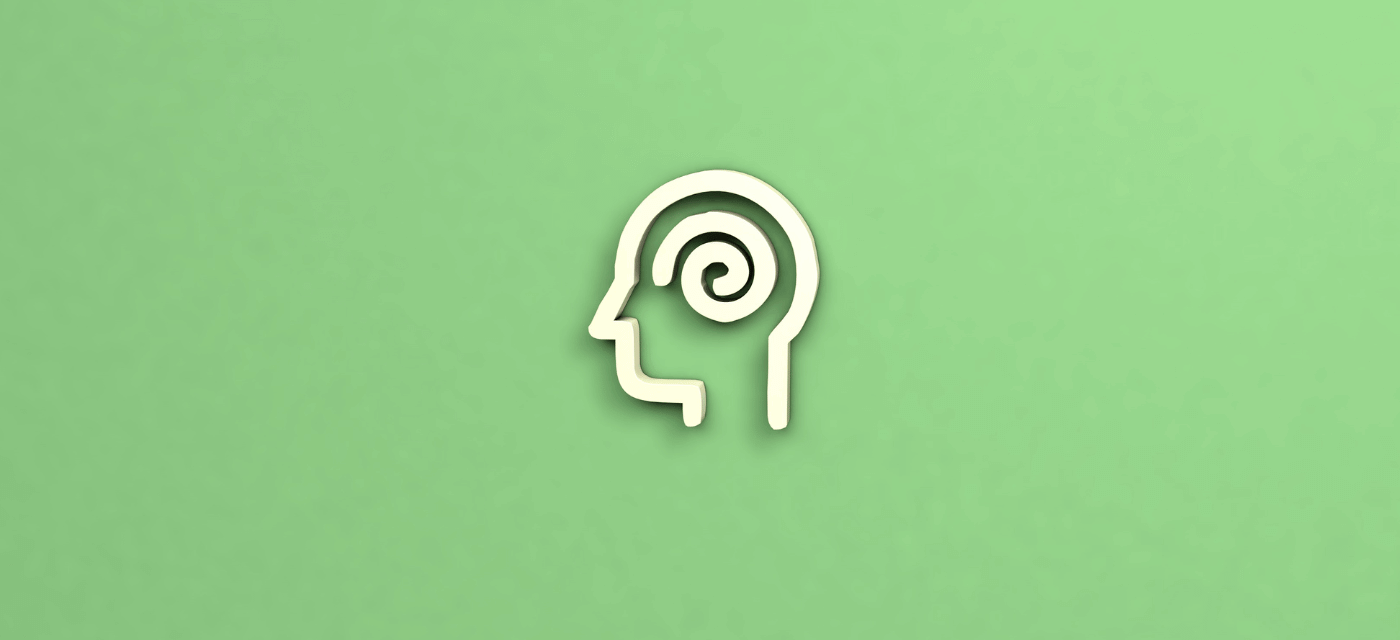This is a recording of a live webinar, recorded on the 19th of October, 2022.
We’re all experiencing the feeling: there are simply not enough hours in the day to get it all done.
So how do we achieve sustainable, fluid working to avoid burnout, attrition and the health ramifications of doing too much? And what can we do to support our people before it becomes a problem?
With burnout slated as the 5th leading cause of death in the US, and sobering stories coming from well-known businesses closer to home, the stakes are high. We MUST find a solution.
In this webinar, we discussed tactical solutions to a growing mental health concern in the workplace, and the sobering reality of risks if we look the other way.
What you’ll take away by listening:
- The power of a circuit breaker - where do you start?
- How to break through the overwhelm - what data matters?
- Are scalable solutions for sustainable work possible? If so, what are they?
Key themes and takeaways
Job and work design
Job design is really just being clear about what work is going to be done by whom. We’re not talking about 3 page PDF job descriptions - but instead - what are the core bundles of work, or priorities, for each individual.
Good job design focuses each person on their highest skills which align to the business’s impact or outcomes; and the work people love.
You might also hear reference to work design, which job design is part of. It sounds technical and HR-y but really managers and people are continuously designing work.
Upstream interventions
We discussed the scenario of the man who is helping pull the drawing people from the river, and that we need to look upstream to see why they’re falling in in the first place.
The most important upstream interventions are:
- Getting visibility - so we can get the facts, then align work to business goals.
- Adjusting workload - Gallup research has shown that the tipping point for burnout risk is 50 hours on average, and rises even more substantially at 60 hours.
- Reduce or removing the lowest-value work: internal meetings is a great place to start (quantify then reduce).
We do this by:
- Giving license to people to explore different work options: similar to an EAP but earlier in the process:
- ‘if you are feeling overwhelmed or that your work isn’t sustainable, we have tools and support to help you find options’
- then you need to have a place for them to go, to independently (and with manager / HR support if they are open to it) explore options.
- There are clear productivity gains from early intervention of course.
- Ruthless prioritisation - We’re not wired to say “no” to work, so we need to give people the mechanism to have prioritisation conversations about the high vs low value work, and what is possible to safely stop or pause.
- Upskilling managers - they are on the front line where this happens. This could be as simple as telling managers where to go (an internal resource centre / website for conversation guides etc, or workshops on how to spot risks, and importantly, what to do about it).
- Giving managers channels to have the conversations as well - they are one of the most at risk.
- A toolkit - HR Business Partners should be given the toolkit on how to adjust workloads.
Feedback & benchmarking
First, we need to take stock of where our organisation sits in the context of workloads and sustainable work. If we’re overloaded and burned out, we need to get to the source before we can start to fix it.
We can look at this from an individual, team and organisational perspective.
Additionally, we need to be sure we’re keeping an ear to the ground and flagging things like ‘I’m busy.’ Is this a one-off issue, or is this an ongoing issue?
Measurement
While we understand more systems, new systems and increasing technologies in our lives is indeed part of the problem, there are tools that can be used to get measurements on the health of the workplace, particularly from a sustainability perspective.
Beamible can help you gather quantitative data on how engaging your people find their work, how aligned their work is with business goals, the cost associated with unimportant work and more. Reach out to our team to understand more about measuring sustainability in your workplace.
Family Friendly Workplaces can also help establish boundaries and measurement as we all learn to navigate the new world of work.
Resources
Beamible
A work and job design tool to manage workloads, and implement upstream solutions to burnout and more.
Black Dog Institute
Helping you create a mentally healthier workplace. Access their resources here.
Family Friendly Workplaces
A community of organisations united in driving a global change to create family friendly workplaces. Access their resources here.





